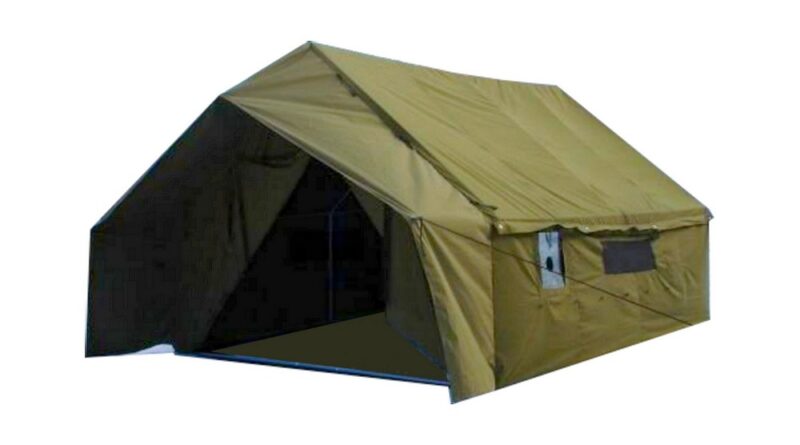Temporary tent structures for Emergency Response and Relief
In times of natural disasters or emergencies, immediate response is crucial to save lives and provide relief to those affected. One of the essential components of this response is the provision of shelter.
Temporary tent structures play a pivotal role in such situations, offering a quick, efficient, and flexible solution for housing, medical services, and logistical support.
Importance of Temporary Tent Structures in Emergencies
When disasters strike—be it hurricanes, earthquakes, floods, or human conflicts—many people can suddenly find themselves without a home. Buildings may be destroyed or unsafe to live in. In these critical moments, temporary structures tent provide victims and responders a safe place to stay and operate.
1. Immediate Shelter
Temporary tents can be set up quickly to provide immediate shelter to those who have lost their homes, protecting them from the elements and providing a space for rest and recovery.
2. Medical and Health Services
These tents can be equipped to serve as temporary medical centers. In disaster zones, quick medical response is essential to treat injuries, prevent disease outbreaks, and handle ongoing health needs.
3. Command and Control Centers
For effective disaster management, coordination is key. Temporary structures tent can be used as operational bases for rescue teams to plan, coordinate, and execute their activities.
Types
Several types of temporary tent structures are commonly used in emergency situations, each suited for different needs and conditions.
1. Standard Relief Tents
These are the most commonly seen temporary tents in disaster areas. Made from durable, waterproof materials, they are designed to house families or individuals who have been displaced.
2. Inflatable Tents
Inflatable tents can be set up rapidly with the help of air pumps. They are particularly useful when time is critical, such as in the immediate aftermath of a disaster.
3. Hospital Tents
Specially designed with compartments and medical facilities, hospital tents can accommodate medical equipment and beds. They provide a sterile environment suitable for medical treatments and surgeries.
4. Large-Scale Storage Tents
These tents are used to store relief supplies such as food, water, and medical supplies. Their large capacity and easy access make logistics management more efficient in chaotic environments.
Benefits
The use of tents in emergency response has several advantages:
1. Speed of Deployment
Tents can be transported compactly and set up quickly. This speed is crucial in emergencies when shelter needs are immediate.
2. Flexibility
Temporary tents can be set up on various terrains and configured according to the needs of the situation, whether it’s a single tent for a family or a complex of tents for a community.
3. Cost-Effectiveness
Compared to other forms of emergency housing, tents are relatively inexpensive. They provide a practical and economical solution for short- to medium-term shelter needs.
4. Scalability
Tents can be added as needed, allowing for flexibility in response scale. As more people need shelter or as conditions change, additional tents can be easily integrated into the existing setup.
Challenges and Considerations
While Temporary tent structures are invaluable in emergency response, they come with challenges that need to be managed:
1. Durability and Weather Resistance
Tents need to withstand various weather conditions such as rain, wind, and sometimes snow. Ensuring that they are made from durable materials and properly secured is vital.
2. Comfort and Livability
Living in a tent for an extended period can be challenging. Efforts must be made to make them as comfortable as possible, such as ensuring adequate ventilation, privacy, and protection from pests.
3. Logistical Coordination
Setting up and maintaining tent camps requires careful planning and coordination. Factors like the layout of the camp, sanitation facilities, and access to water and food all need to be planned meticulously.
4. Transition to Permanent Housing
Tents are a temporary solution. Plans for transitioning displaced people to more permanent housing should be initiated as soon as possible to prevent long-term dependency on tented accommodations.
Conclusion
Temporary tent structures are a critical component of the emergency response toolkit. They provide quick, flexible, and cost-effective solutions for shelter and other needs in disaster-stricken areas. While they are not without challenges, their benefits in terms of speed and adaptability make them indispensable in times of crisis. Thank visiting techybusinesses.com

